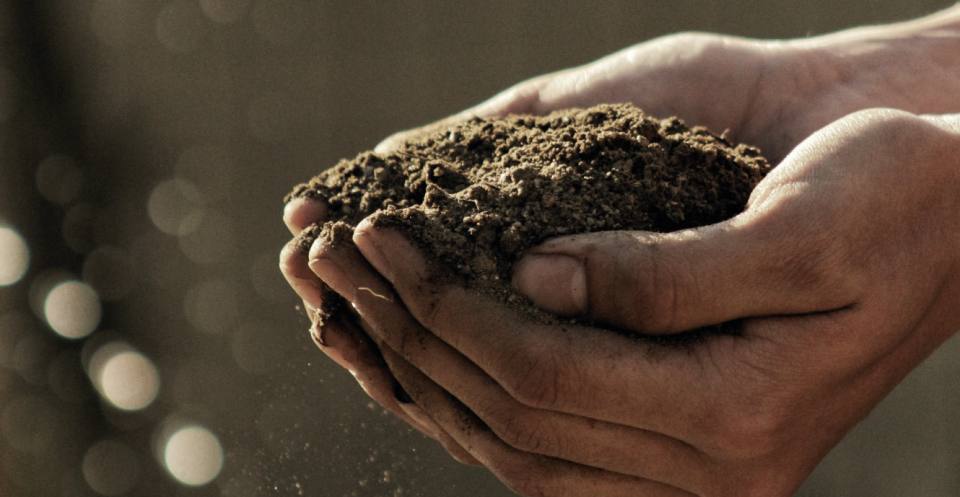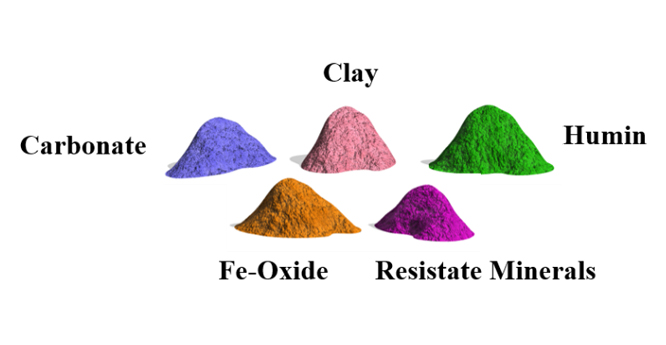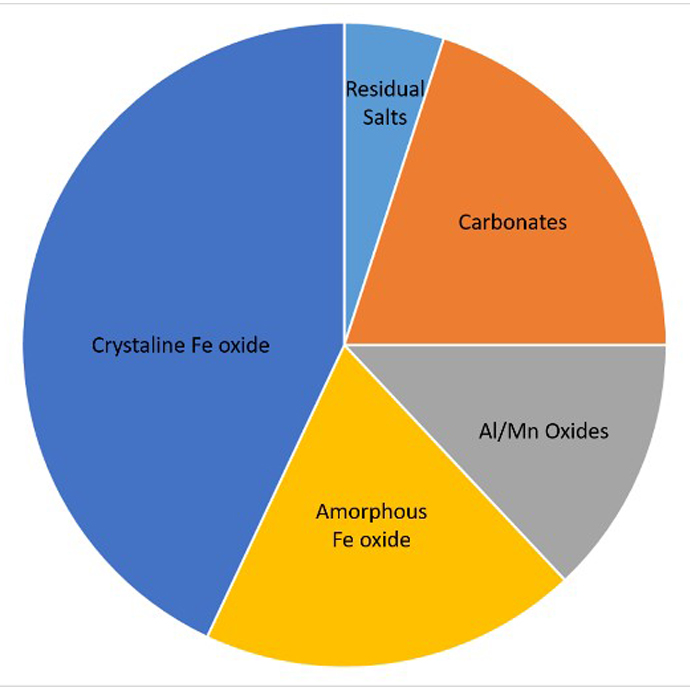Potentially harmful substances (PHS) in soils are derived from both geogenic and anthropogenic sources. Measuring their concentration in soils and sediments is an important tool for monitoring environmental pollution. Naturally occurring PHS are associated with the presence of different soil minerals, which depends on the underlying geology. Anthropogenic PHS are as result of human activity, for example through the exploitation of mineral resources, the production or the use of pesticides, coal burning and past use of leaded petrol in densely populated conurbations.
Measuring the total concentrations of these elements provides broad evidence for possible contamination, but in order to assess their potential mobility in the environment we require an understanding of the chemical form. Chemical reactions and physical and biological processes occurring in the natural environment govern whether PHS are present in forms that are mobile and therefore easily extractable (potentially bioaccessible), which could pose a threat to human health, or are immobile and bound tightly in the soil matrix. The information helps us to identify the sources of bioaccessible PHS and information that can be used to immobilise them.
We have developed and use a simple laboratory extraction and data processing method to determine these chemical forms known as chemometric identification of substrates and element distributions, or CISED.
This type of information allows us understand why certain PHS from soils and sediments at urban and rural locations are mobile. One way in which we use this information is to provide a line of evidence to support human health risk assessment.
Cave, M R, Milodowski, A E, and Friel, E N. 2004. Evaluation of a method for identification of host physico-chemical phases for trace metals and measurement of their solid-phase partitioning in soil samples by nitric acid extraction and chemometric mixture resolution. Geochemistry: Exploration, Environment, Analysis, Vol. 4(1), 71–86.
Wragg, J, and Cave, M R. 2012. Assessment of a geochemical extraction procedure to determine the solid phase fractionation and bioaccessibility of potentially harmful elements in soils: a case study using the NIST 2710 reference soil. Analytica Chimica Acta, Vol. 722, 43–54.
Wragg, J, Broadway, A, Cave, M R, and Fordyce, F M. 2017. Linkage between solid-phase apportionment and bioaccessible arsenic, chromium and lead in soil from Glasgow, Scotland, UK. Earth and Environmental Science Transactions of The Royal Society of Edinburgh, Vol. 108(2–3). (The Geosciences in Europe’s Urban Sustainability: Lessons from Glasgow and Beyond (CUSP), January 2019 , 217–230.)
Wragg, J, Cave, M R, and Gregory, S. 2014. The solid phase distribution and bioaccessibility of arsenic, chromium and nickel in natural ironstone soils in the UK. Applied and Environmental Soil Science. Vol. 2014, Article ID 924891.
Wragg, J, Cave, M R, and Nathnail, P. 2004. A study of the relationship between arsenic bioaccessibility and its solid-phase distribution in soils from Wellingborough, UK. Journal of Environmental Science and Health, Part A Toxic/Hazardous Substances and Environmental Engineering, Vol. 42(9), 1303–1315.
Cave, M R, and Wragg, J. 1997. Measurement of trace element distributions in soils and sediments using sequential leach data and a non-specific extraction system with chemometric data processing. Analyst, Vol. 122, 1211–1221.
Relative topics
You may also be interested in:

Measuring geochemical hazards
Understanding and assessing geochemical hazards in the environment has been a part of the BGS portfolio of research for over 50 years.
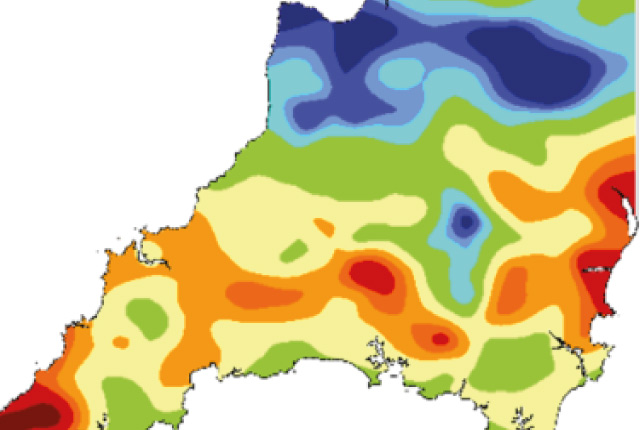
Data modelling
Data modelling is an important part of the wider research around the environment and human health.
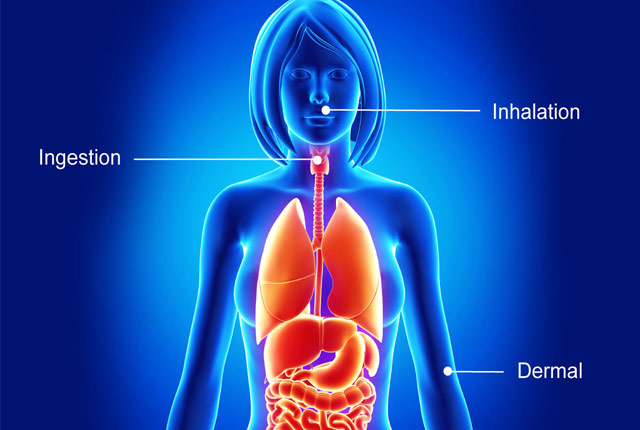
Contaminant bioaccessibility
People are exposed to potentially harmful elements in soil and dust during everyday activities, such as gardening, and from dust inhalation.

Geochemical hazards and deprivation
Can soil contamination affect deprivation or even crime?


